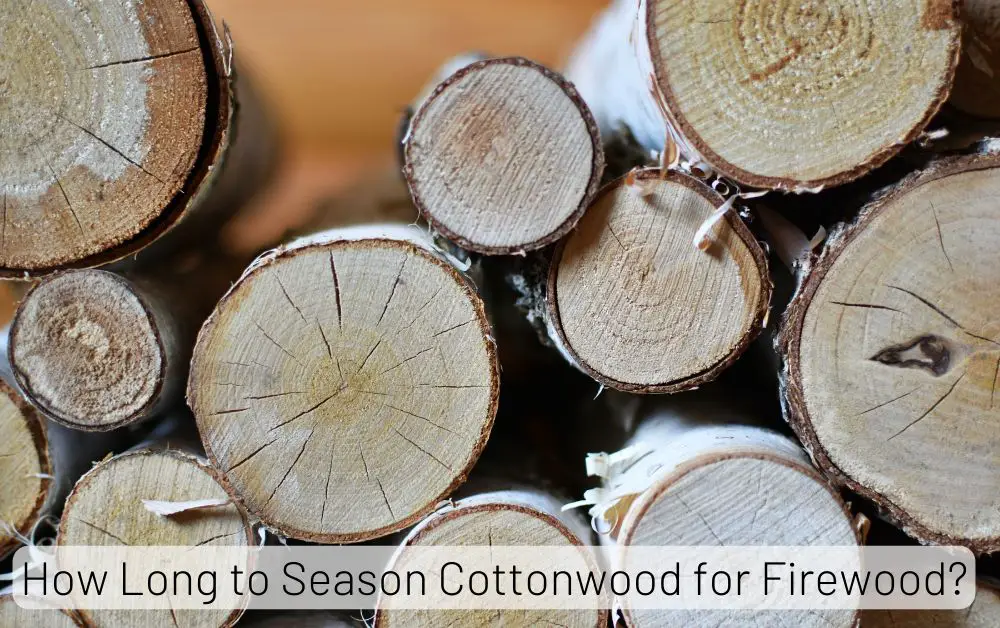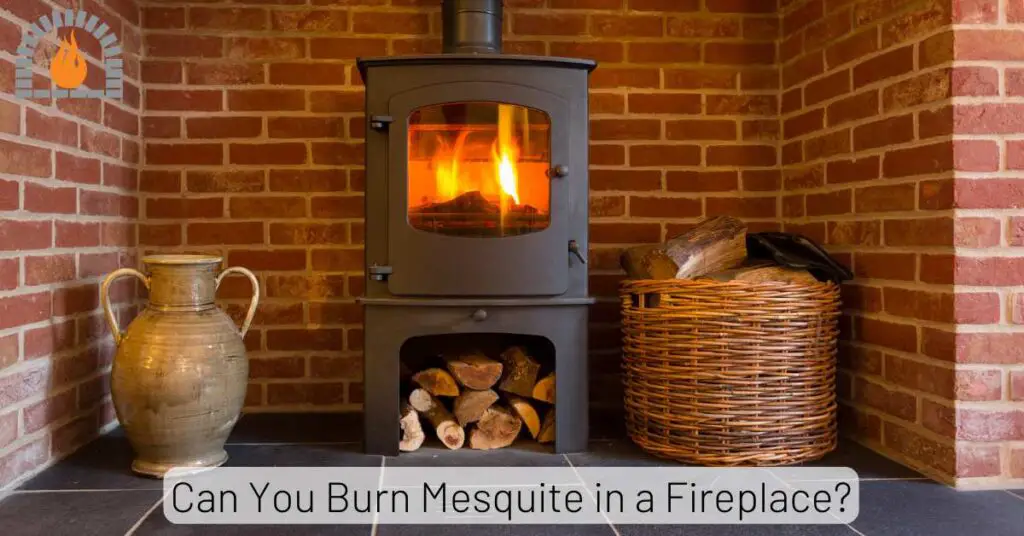Firewood is a crucial energy source for homes with wood-burning stoves, fireplaces, or outdoor fire pits. But buying firewood can be confusing, especially if you’re unfamiliar with the measurements involved. One commonly asked question is, “How much is 1 cu ft of firewood?”
Understanding the size and pricing of firewood is essential for making informed purchasing decisions.
Accurate measurement ensures you get value for your money, whether buying in bundles or bulk. Let’s explore what 1 cubic foot of firewood entails, its cost, and how it’s typically sold.
What Does 1 Cubic Foot of Firewood Mean?
A 1 cu ft of firewood represents a space measuring 12 inches by 12 inches by 12 inches filled with stacked wood. It’s a standard unit of measurement used to gauge small quantities of firewood.
However, firewood is rarely sold strictly by the cubic foot in most markets. Instead, you’ll often encounter terms like cords, ricks, or bundles.
To better understand, think of a cubic foot as a manageable block of wood that can comfortably fit in a small fire pit or indoor fireplace. For visual context, most firewood bundles sold at stores equate to about 0.75 to 1 cubic foot of wood.
Factors That Determine the Price of Firewood
The price of firewood depends on several factors. Here’s what influences its cost:
-
Seasoning Process: Well-seasoned (dried) wood costs more because it provides better heat output and burns cleaner.
-
Regional Availability: Areas with abundant wood resources often have lower prices compared to regions with limited supply.
-
Market Demand: Prices tend to rise during colder months when demand peaks.
For these reasons, the cost of a cubic foot of firewood can vary widely across locations and sellers.
Cost of 1 Cubic Foot of Firewood
On average, 1 cubic foot of firewood costs between $2 and $10, depending on the factors mentioned above. For instance:
Hardwood like oak or hickory may cost closer to the $8–$10 range. Softwood such as pine or fir is usually cheaper, ranging from $2–$5 per cubic foot.
Regional variations matter too. In urban areas where firewood is less abundant, the price per cubic foot can be significantly higher. Always check with local suppliers to get an accurate estimate.
| Wood Type | Average Cost (Per Cubic Foot) | Heat Output (BTUs) | Burn Quality | Notes |
|---|---|---|---|---|
| Oak | $1.50 – $2.50 | High (24-28 Million) | Long-lasting, steady burn | Ideal for heating, dense hardwood. |
| Maple | $1.25 – $2.00 | Medium-High (22-25 Million) | Clean burn, moderate heat | Great for indoor use, minimal sparks. |
| Birch | $1.50 – $2.00 | Medium-High (20-24 Million) | Bright flame, easy to ignite | Suited for fireplaces and ambiance. |
| Pine | $0.75 – $1.50 | Low-Medium (14-17 Million) | Quick burn, resinous | Best for kindling, avoid for extended heating. |
| Cherry | $1.25 – $2.00 | Medium (18-20 Million) | Pleasant aroma, slow burn | Ideal for fireplaces and smoking meats. |
| Ash | $1.50 – $2.25 | High (23-25 Million) | Even burn, minimal smoke | Excellent heating choice, low moisture content. |
| Hickory | $2.00 – $3.00 | Very High (27-30 Million) | Intense heat, durable | Preferred for cooking and long-term heating. |
| Poplar | $0.50 – $1.00 | Low (13-15 Million) | Fast burn, low heat | Budget option, not ideal for heating. |
Comparing Firewood in Bulk and Bundles
Firewood is typically sold either in bulk (cords or ricks) or in smaller bundles. Here’s a quick comparison:
Bulk Firewood: Often sold by the cord (128 cubic feet), providing better value for larger quantities.
Bundles: Ideal for occasional use, typically sold in 0.75–1 cubic foot packages at supermarkets, gas stations, or camping supply stores.
Buying in bulk is cost-effective if you have storage space and burn firewood regularly. However, bundles are more convenient for smaller-scale needs, like a backyard fire or camping trip.
How to Calculate Firewood Volume
Understanding how to calculate firewood volume is essential for making informed purchases. Firewood is typically stacked in a specific formation, such as rows or piles, and the volume is calculated by measuring the dimensions of the stack.
Tools Needed: A measuring tape and calculator.
Steps to Measure:
- Measure the height, width, and depth of the firewood stack.
- Multiply these three measurements together to get the volume in cubic feet.
- Adjust for air spaces between logs if the firewood is loosely stacked.
For example, if your stack measures 4 feet high, 8 feet wide, and 2 feet deep, the total volume is 64 cubic feet. For 1 cubic foot, visualize a single log-filled box that’s one foot in each dimension.
The Role of Firewood Bundles
Firewood bundles have become a popular option for many households and outdoor enthusiasts. These pre-packaged stacks of wood are typically small, compact, and easy to transport.
A standard bundle usually contains about 0.75 to 1 cubic foot of firewood, making it convenient for:
-
Camping trips: Perfect for campfires.
-
Fireplace starters: A quick and easy way to light up your fireplace.
-
Occasional backyard use: Great for fire pits during gatherings.
While bundles might seem expensive compared to bulk purchases, they save time and effort, especially for those who don’t need large quantities of wood.
Pros and Cons of Firewood Bundles
When considering firewood bundles, it’s essential to weigh their advantages and drawbacks.
Pros:
- Convenience: Pre-cut, packaged, and ready to use.
- Transportability: Small enough to carry by hand or fit in a car.
- Availability: Sold at supermarkets, gas stations, and outdoor stores.
Cons:
- Cost per Cubic Foot: More expensive than buying bulk firewood.
- Limited Quantity: Not ideal for regular use or heating large spaces.
If your firewood needs are minimal, bundles are a perfect choice. However, frequent users should opt for bulk purchases for better value.
Firewood Quality and its Impact on Cost
The quality of firewood directly affects its performance and price. High-quality firewood is:
- Seasoned: Properly dried with a moisture content below 20%.
- Well-Split: Cut into manageable pieces for efficient burning.
- Free of Pests: Clean and safe for indoor use.
FAQs
How much firewood do I need for a season?
The average home with a wood stove may need 3–6 cords of firewood per winter. For occasional use, a cord or half-cord will likely suffice.
How do I know if firewood is seasoned?
Seasoned wood feels lighter, has visible cracks at the ends, and produces a hollow sound when struck together. You can also use a moisture meter; seasoned wood should have less than 20% moisture.
Can I use firewood bundles for camping?
Yes, firewood bundles are perfect for camping. They’re portable, easy to light, and often come pre-split for convenience.
Why is hardwood more expensive than softwood?
Hardwood is denser, burns longer, and produces more heat compared to softwood, making it more valuable and costly.
What’s the best way to store firewood indoors?
Store a small amount indoors near your fireplace in a decorative rack. Ensure it’s dry and free of pests before bringing it inside.
Affiliate Disclosure: Fireplaceadviser.com is a participant in the Amazon Services LLC Associates Program. We may earn a commission when you click on certain links on this site and purchase.

Hello!! I am Jamal Khan. I often fix my home electric heaters and gas stove problems and research the common issues in the heating units to improve my knowledge and expertise. The aim of establishing fireplaceadviser.com is to share my expertise and knowledge with my audience.


















